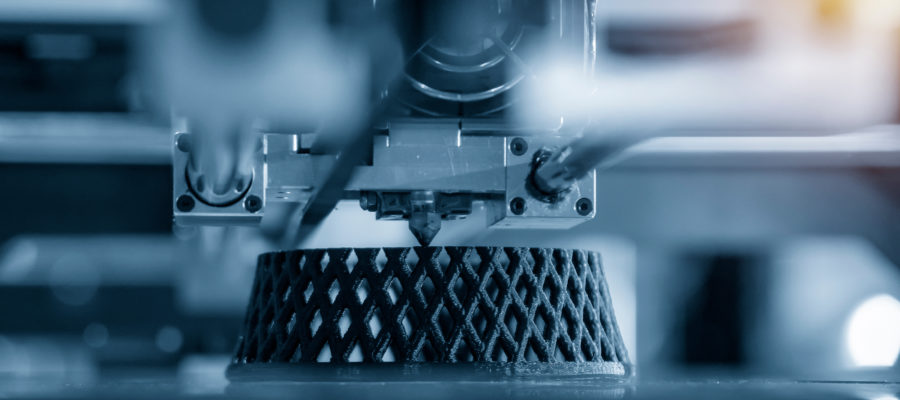How much time would you save in prototyping parts if you didn’t have to build a jig, fixture and models for each iteration of the part? Add to that the cost savings in materials and the intangible momentum that the free time would bring to your product design and development, and the thought of getting rid of those processes seems like the stuff of dreams (at least for the product engineer and/or designer!).
Additive manufacturing makes the dream come true, allowing engineers and designers to go from drawings to complete produced parts in a day. As iterations quickly take shape, design revisions can be made based on testing and measurement results from each one.
Tooling-free manufacturing also makes possible the prototyping of several parts virtually simultaneously with the ability to print different parts with no retooling. Or you can do a production run of one part today, and an entirely different part tomorrow, on the same printer.
With the ability to create and test dozens of iterations each week, designs can be refined to an extent that is impossible, or at least cost-prohibitive, using traditional methods. And it’s possible to go from individual prototype production to high volume part production in an instant, using 3D printing technology.
Tooling-Free Manufacturing Use Cases
Pulley for Seat Belts
The retraction pulley is a critical part of seat belts in vehicles. The undercut radial groove required for the retraction to happen would need complex sliders during conventional press-and-sinter fabrication.
The cost and time needed to develop the advanced sliders using press and sinter are eliminated with additive manufacturing technology. Even better, additive manufacturing streamlines the development of different iterations for different models of cars and can be easily switched from printing one version to another, with no setup time lost between versions.
Bulb Spray Nozzle
Normally cast, this custom spray nozzle for chemical processing also needs significant secondary machining. With the need for a production run of 300 nozzles, additive manufacturing was used to accelerate production time, down to one week, with just a single secondary thread-tapping operation needed.
Again, different nozzle designs were required for different chemical operations. 3D printing allowed for on-demand production of different nozzle configurations with no interruption due to tooling.
VVT Gear
Used to facilitate gear shifting in a six-speed motorcycle transmission, this gear was 3D-printed to increase manufacturing lead time and lower production costs.
The complexity needed for the part and its thin surfaces would otherwise require costly metal injection molding to avoid the challenging machining that would otherwise be required.
To learn more about how 3D printing technology, check out our article “Stereolithography Explained”.
